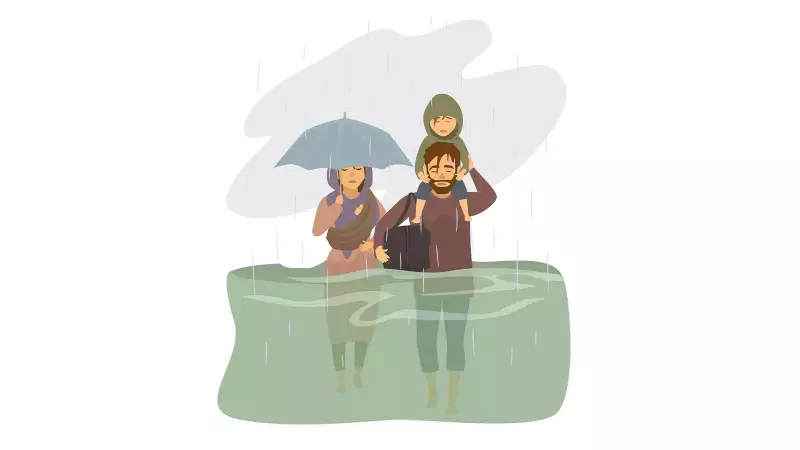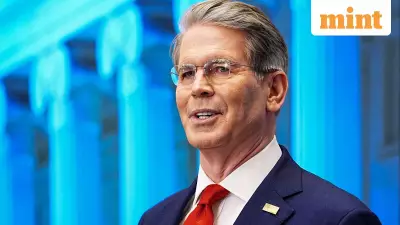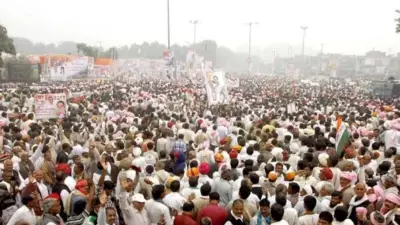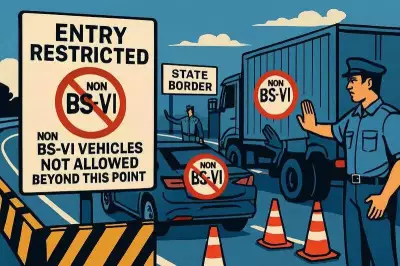
The conversation around climate finance is drastically underestimating the true cost of justice, according to groundbreaking analysis that reveals we're talking about trillions, not billions.
The Staggering Price Tag of Climate Fairness
While world leaders and international bodies have been debating commitments in the billions, the actual requirement for meaningful climate justice runs into trillions of dollars. This shocking disparity highlights how current climate finance discussions are missing the mark by orders of magnitude.
Why Billions Won't Cut It
The conventional approach to climate funding has focused on relatively small amounts that barely scratch the surface of what's needed. Vulnerable nations, particularly those in the Global South that contributed least to the climate crisis, are facing existential threats that require massive investment in:
- Adaptation infrastructure
- Renewable energy transitions
- Climate-resilient agriculture
- Disaster preparedness systems
- Community relocation programs
The Reality Check for Developed Nations
This trillion-dollar figure serves as a wake-up call for wealthy countries that have historically been the largest emitters. The analysis suggests that current commitments represent only a fraction of what justice and equity demand.
What True Climate Justice Entails
Climate justice isn't just about compensation—it's about enabling vulnerable nations to build sustainable economies while protecting their citizens from climate impacts they didn't create. This requires:
- Massive infrastructure overhaul
- Technology transfer and capacity building
- Long-term sustainable development support
- Emergency response systems for climate disasters
The gap between current funding promises and actual needs represents one of the most significant justice issues of our time. As climate impacts intensify, the urgency of addressing this financial shortfall becomes increasingly critical for global stability and equity.





